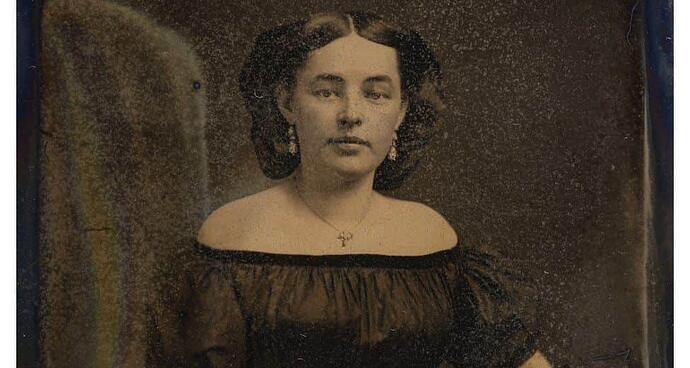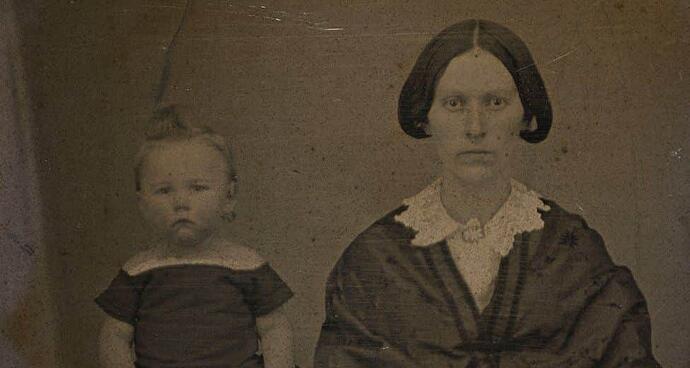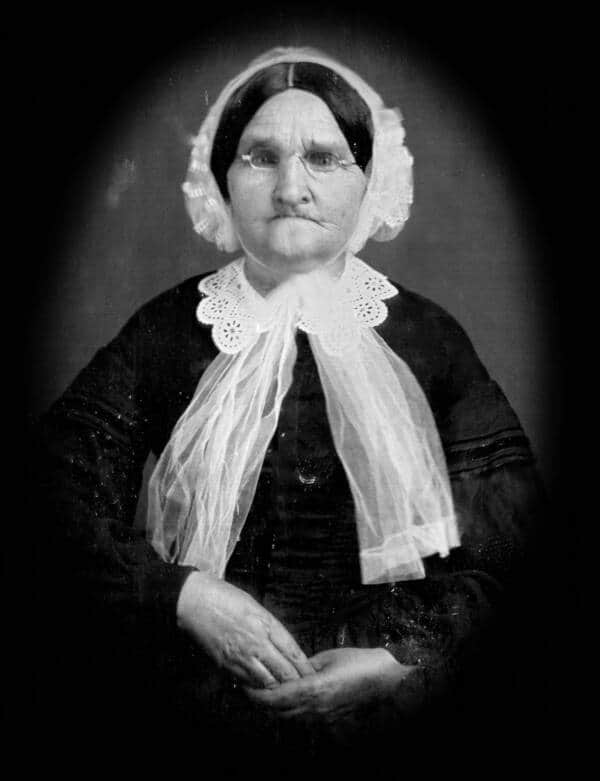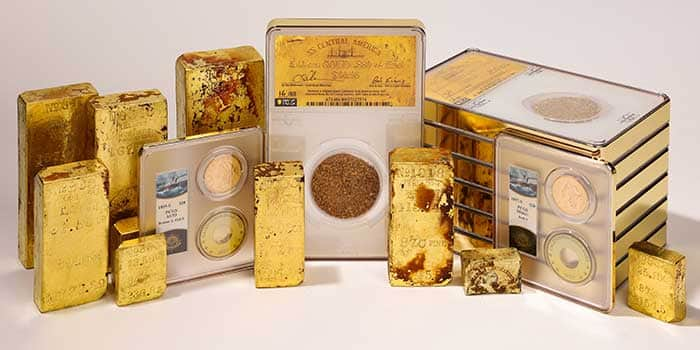The ship was located by the Columbus-America Discovery Group of Ohio, led by Tommy Gregory Thompson, using Bayesian search theory. A remotely operated vehicle (ROV) was sent down on September 11, 1988. Significant amounts of gold and artifacts were recovered and brought to the surface by another ROV built specifically for the recovery. The total value of the recovered gold was estimated at $100–150 million. A recovered gold ingot weighing 80 lb (36 kg) sold for a record $8 million and was recognized as the most valuable piece of currency in the world at that time.
Thirty-nine insurance companies filed suit, claiming that because they paid damages in the 19th century for the lost gold, they had the right to it. The team that found it argued that the gold had been abandoned. After a legal battle, 92% of the gold was awarded to the discovery team in 1996.
Thompson was sued in 2005 by several of the investors who had provided $12.5 million in financing, and in 2006 by several members of his crew, over a lack of returns for their respective investments. In 2009 he had an off-shore account in the Cook Islands of $4.16 million. Thompson went into hiding in 2012. A receiver was appointed to take over Thompson’s companies and, if possible, salvage more gold from the wreck, in order to recover money for Thompson’s various creditors.
In March 2014, a contract was awarded to Odyssey Marine Exploration to conduct archeological recovery and conservation of the remaining shipwreck. The original expedition had only excavated “5 percent” of the ship.
Thompson was located in January 2015, along with assistant Alison Antekeier, by US Marshals agents and was extradited to Ohio to provide an accounting of the expedition profits. In November 2018, Thompson agreed to surrender 500 gold coins, but then claimed he has no access to the missing coins. On November 28, 2018, a jury awarded Investors $19.4 million in compensatory damages: $3.2 million to the Dispatch Printing Company [which had put up $1 million of $22 million invested] and $16.2 million to the court-appointed receiver of the other investors.
Universal Coin & Bullion, a precious metals dealer based in Beaumont, Texas, exhibited gold and silver coins recovered from Central America in May 2018.
Heritage Auctions sold several gold pieces recovered from the Central America at auction in 2019, highlighted by the very large size 174.04-ounce (4.93 kg) Harris, Marchand & Co. gold ingot which sold for $528,000.
![]()





